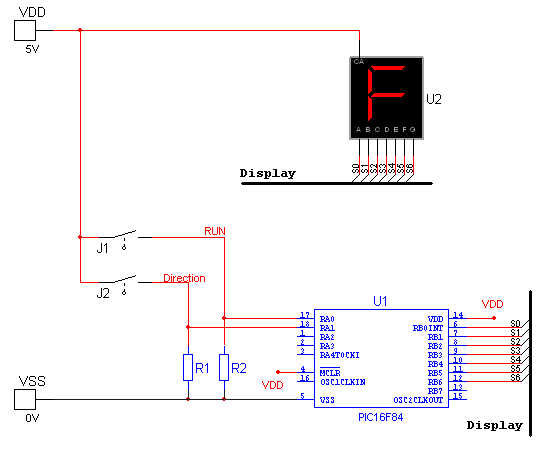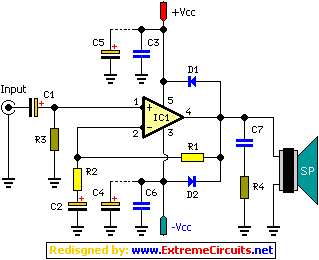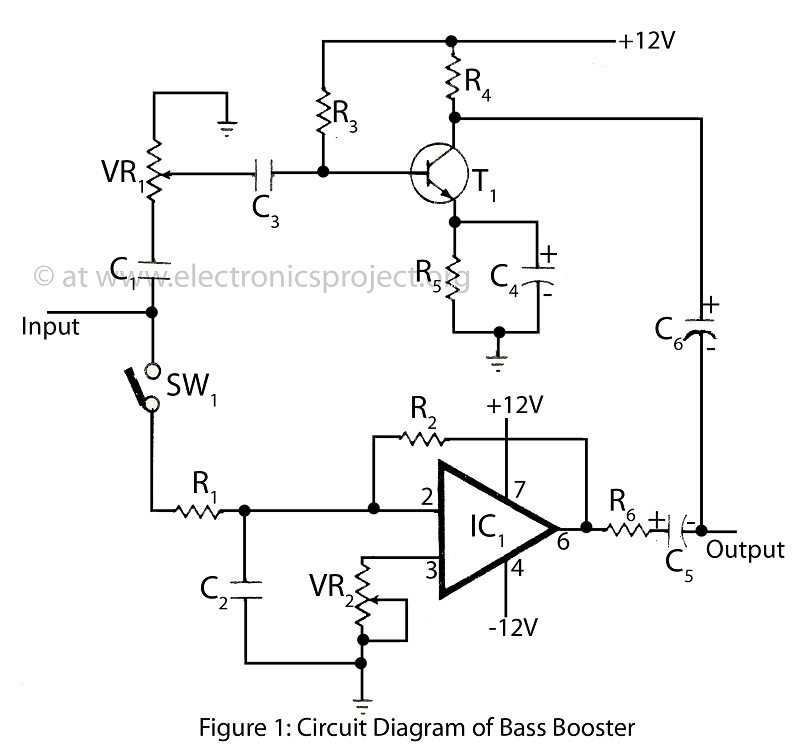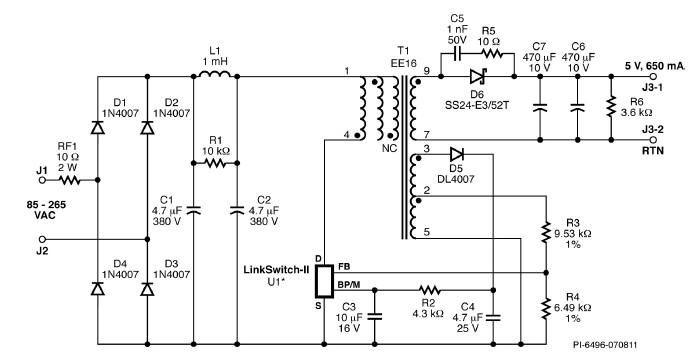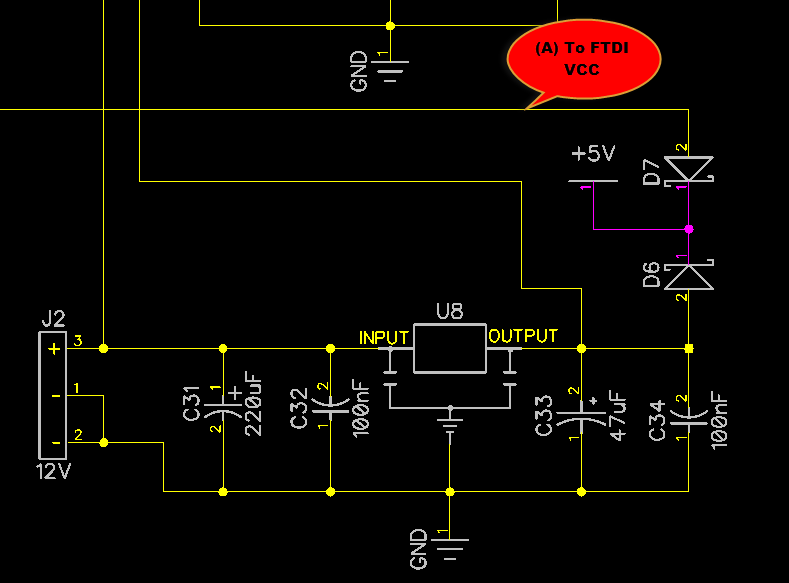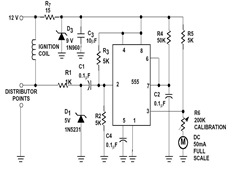
BTL amplifier circuit composed by M51516L IC
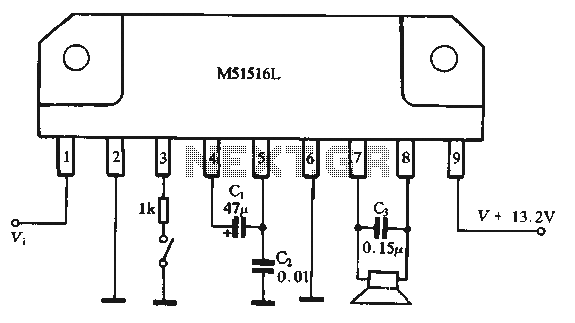
Figure 1-44 illustrates a dedicated BTL (Bridge-Tied Load) amplifier circuit, which consists of two single amplifiers. The relevant components are integrated into the circuit, simplifying the connections. The circuit operates at a power supply voltage of 13.2V and can deliver a maximum output of 12W to a 4-ohm load speaker.
The BTL amplifier configuration is designed to drive a load without requiring a center tap on the output transformer, thus maximizing efficiency and power delivery. In this setup, each amplifier drives one side of the speaker load, effectively doubling the output voltage across the load compared to a single-ended configuration.
The circuit's power supply voltage of 13.2V is critical for achieving the specified output power of 12W. The choice of a 4-ohm speaker load is optimal for this application, as it allows the amplifier to deliver higher current, resulting in increased power output. The design should include appropriate filtering capacitors to smooth out the power supply voltage and decoupling capacitors near the amplifier ICs to reduce noise and enhance performance.
The integration of components such as resistors, capacitors, and feedback loops within the circuit is essential for stability and sound quality. The feedback mechanism ensures that the amplifier maintains linearity and minimizes distortion, which is crucial for high-fidelity audio applications.
Thermal management should also be considered in the design, as the amplifier will generate heat during operation. Adequate heatsinking and ventilation should be provided to maintain optimal operating temperatures and prevent thermal shutdown.
In conclusion, this BTL amplifier circuit is a compact and efficient solution for driving low-impedance speakers, making it suitable for various audio applications, including home theater systems and portable audio devices.Figure 1-44 is dedicated BTL amplifier circuit, containing two single amplifier, and has integrated the relevant elements in the circuit, so the connection is very simple. The circuit at 13, 2V power supply voltage, output 12W load speaker on 4n maximum power.
The BTL amplifier configuration is designed to drive a load without requiring a center tap on the output transformer, thus maximizing efficiency and power delivery. In this setup, each amplifier drives one side of the speaker load, effectively doubling the output voltage across the load compared to a single-ended configuration.
The circuit's power supply voltage of 13.2V is critical for achieving the specified output power of 12W. The choice of a 4-ohm speaker load is optimal for this application, as it allows the amplifier to deliver higher current, resulting in increased power output. The design should include appropriate filtering capacitors to smooth out the power supply voltage and decoupling capacitors near the amplifier ICs to reduce noise and enhance performance.
The integration of components such as resistors, capacitors, and feedback loops within the circuit is essential for stability and sound quality. The feedback mechanism ensures that the amplifier maintains linearity and minimizes distortion, which is crucial for high-fidelity audio applications.
Thermal management should also be considered in the design, as the amplifier will generate heat during operation. Adequate heatsinking and ventilation should be provided to maintain optimal operating temperatures and prevent thermal shutdown.
In conclusion, this BTL amplifier circuit is a compact and efficient solution for driving low-impedance speakers, making it suitable for various audio applications, including home theater systems and portable audio devices.Figure 1-44 is dedicated BTL amplifier circuit, containing two single amplifier, and has integrated the relevant elements in the circuit, so the connection is very simple. The circuit at 13, 2V power supply voltage, output 12W load speaker on 4n maximum power.
Warning: include(partials/cookie-banner.php): Failed to open stream: Permission denied in /var/www/html/nextgr/view-circuit.php on line 713
Warning: include(): Failed opening 'partials/cookie-banner.php' for inclusion (include_path='.:/usr/share/php') in /var/www/html/nextgr/view-circuit.php on line 713
